Management Plans
Unlock the full potential of your property with Superior Whitetail Habitats’ Management Plans, led by Philip Sharp, a seasoned Certified Wildlife Biologist with over 25 years of professional experience. Our comprehensive service begins with a personalized consultation to understand your property and objectives. From there, Philip crafts a meticulously tailored wildlife habitat management plan, providing detailed, step-by-step guidance to transform your property into an optimal environment for whitetail deer.
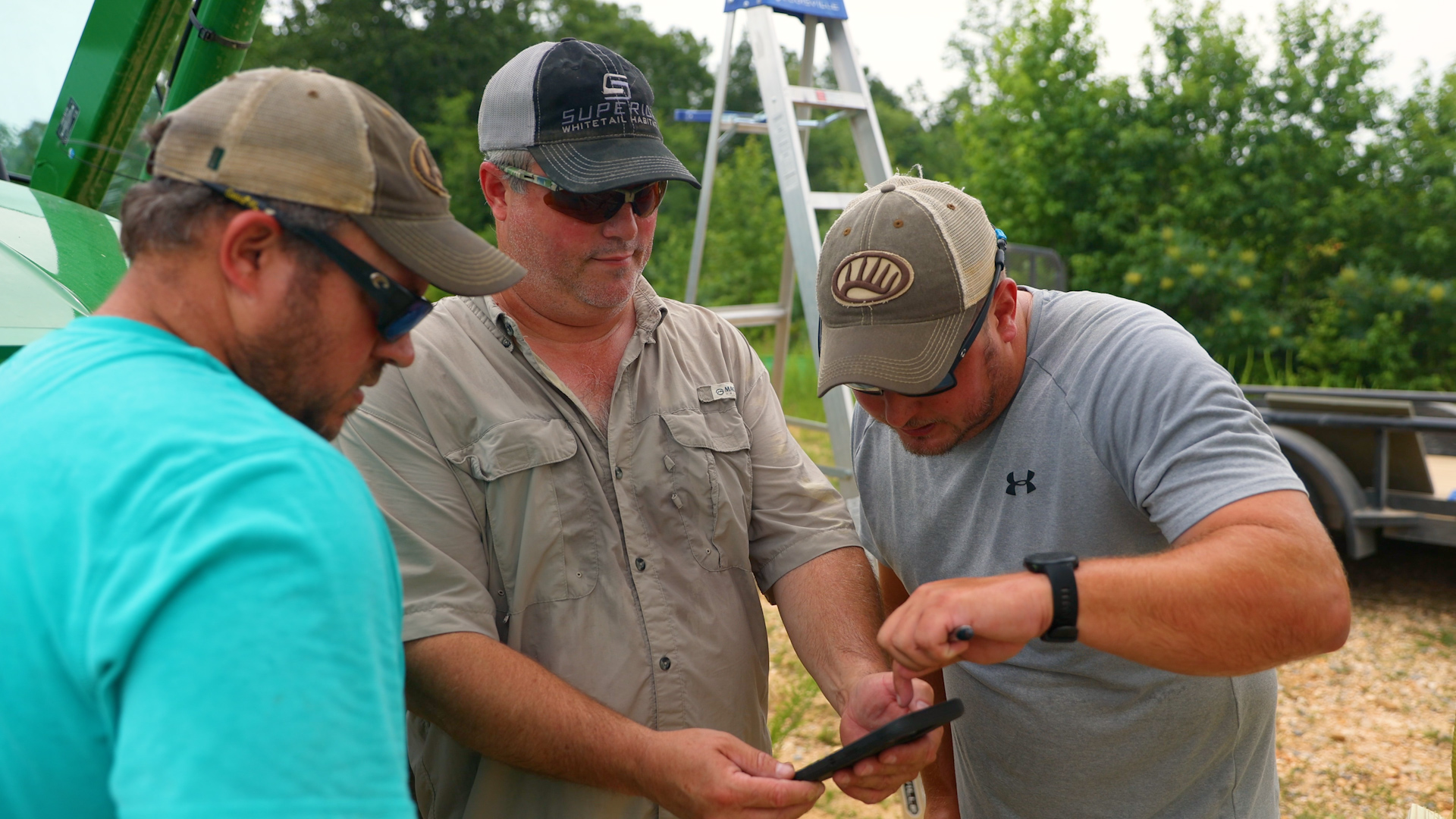

What Can We Do…
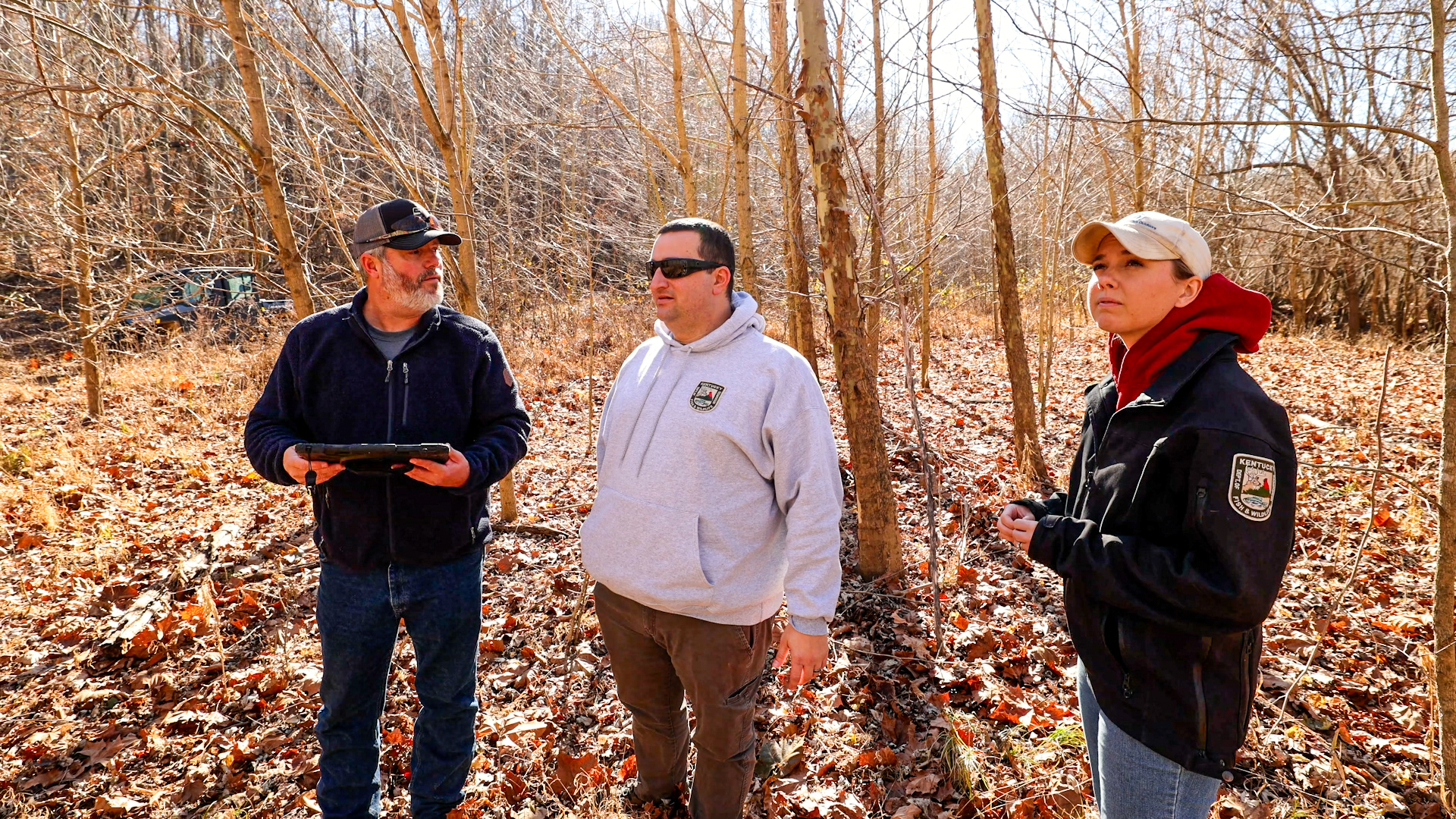
Conduct a comprehensive assessment of the existing habitat to understand its suitability for deer populations, considering factors such as food sources, water availability, cover, and breeding areas.
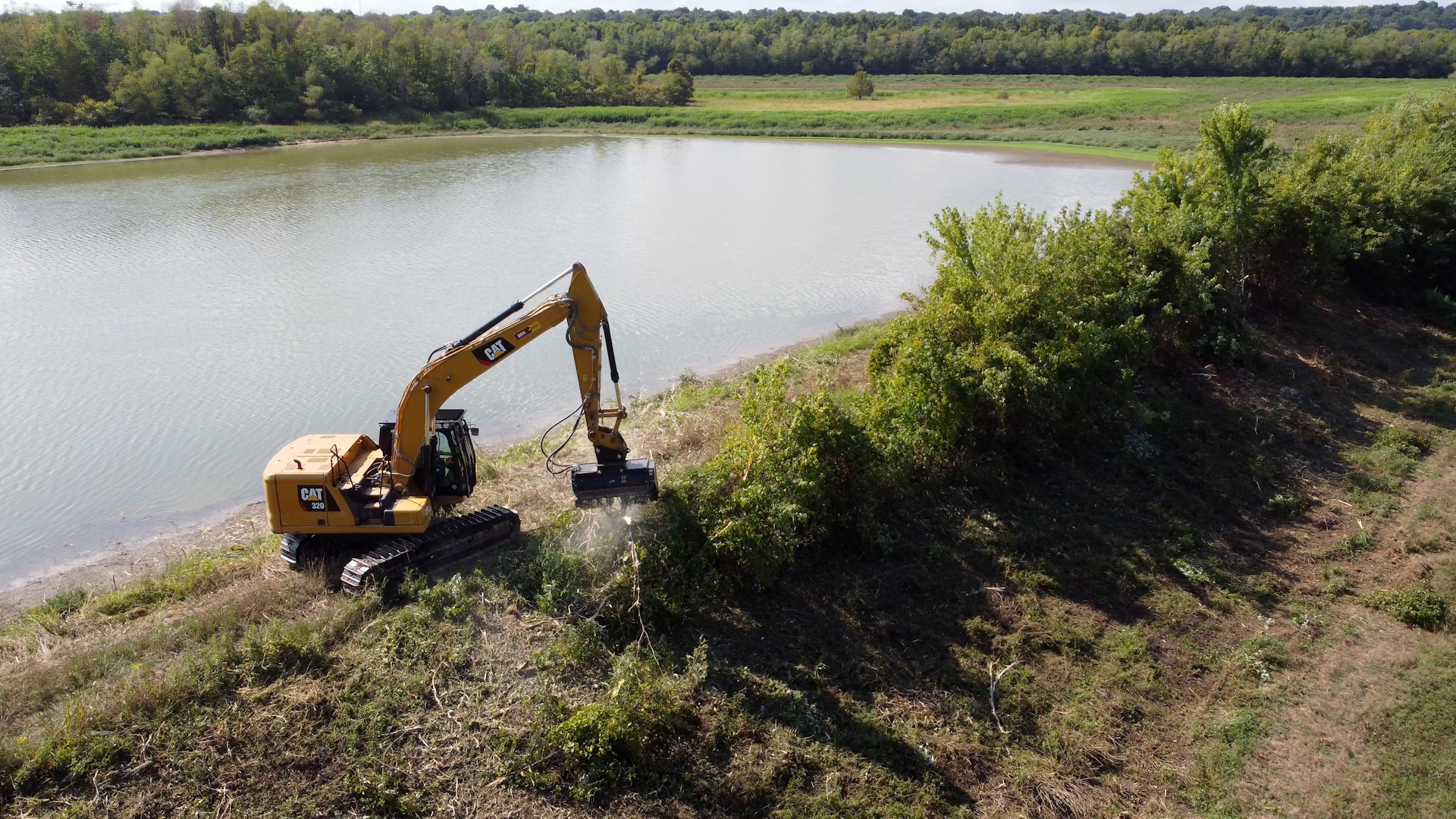
Implement a monitoring system to track deer populations, assessing their size, health, and distribution. This information is vital for making informed decisions regarding habitat management and population control.

Establish and maintain strategically placed food plots to provide supplemental nutrition for deer. This can enhance overall habitat quality and support healthier deer populations.
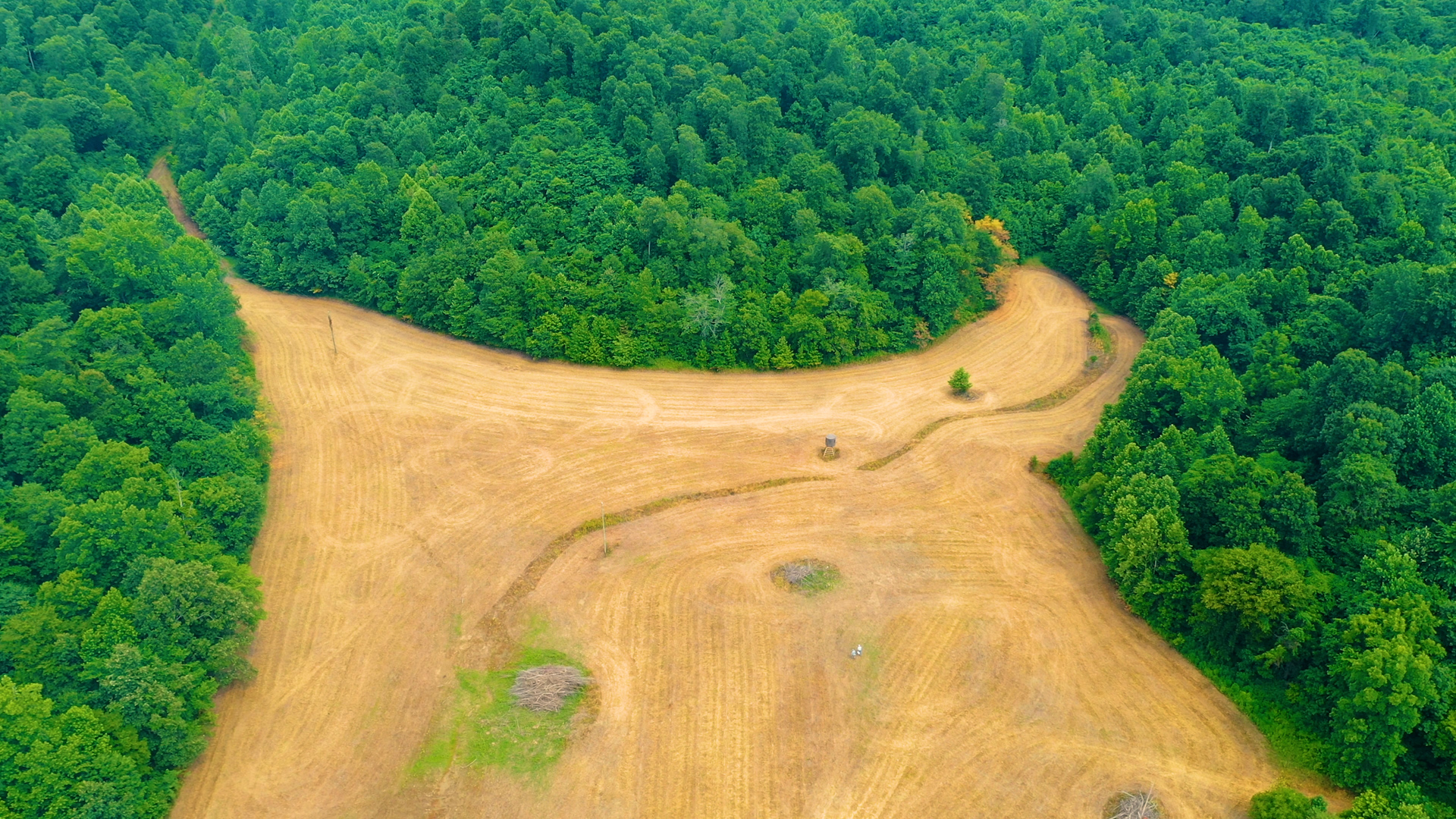
Preserve and promote native vegetation that is essential for deer nutrition. This includes managing forbs, shrubs, and trees that contribute to a diverse and balanced diet for deer.

Ensure the availability of clean and reliable water sources within the habitat, as water is crucial for the survival and well-being of deer. Implement measures to enhance water quality and accessibility.
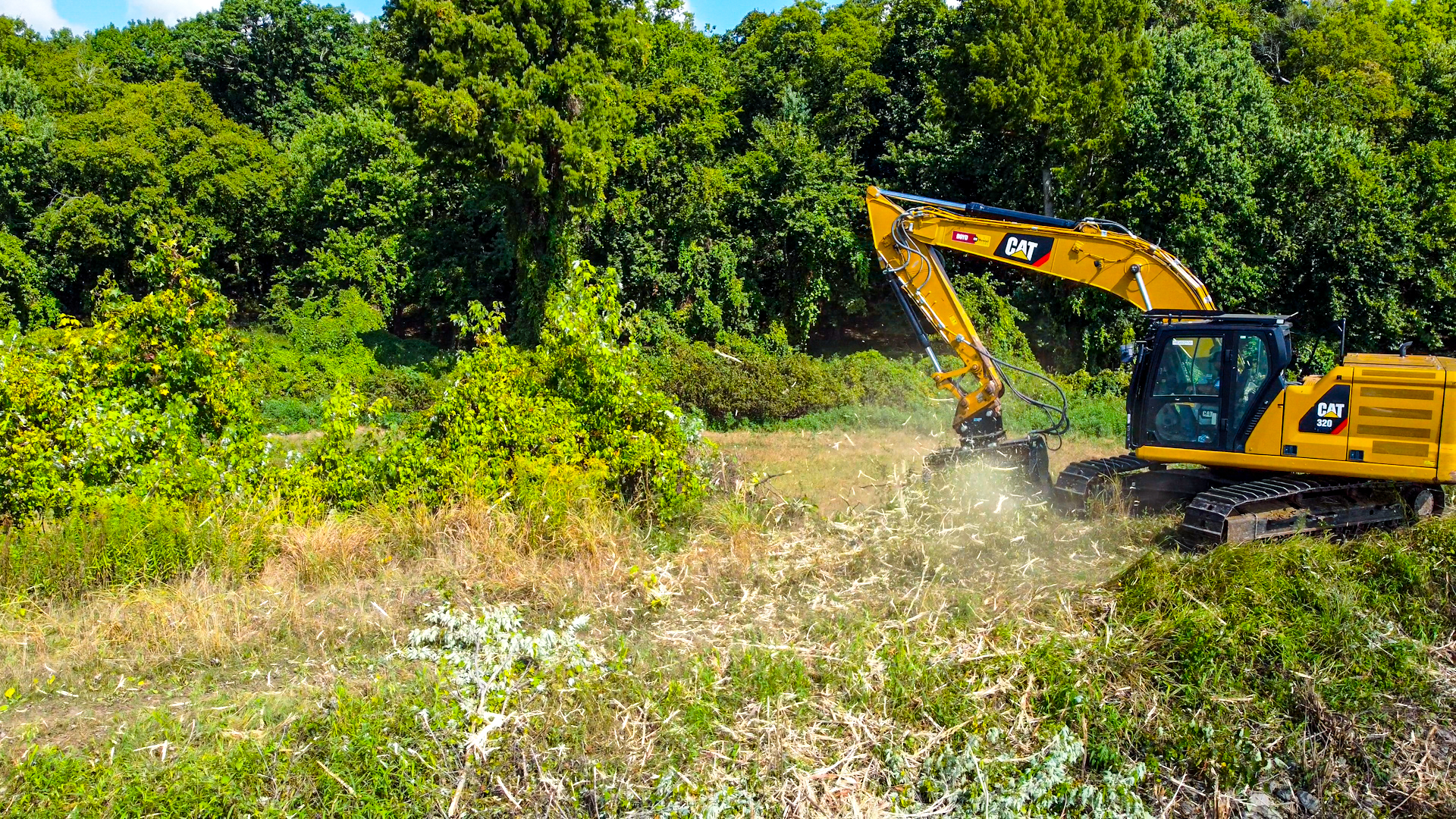
Improve and maintain natural cover such as dense vegetation, thickets, and brush piles to provide deer with suitable shelter, especially during fawning and harsh weather conditions.
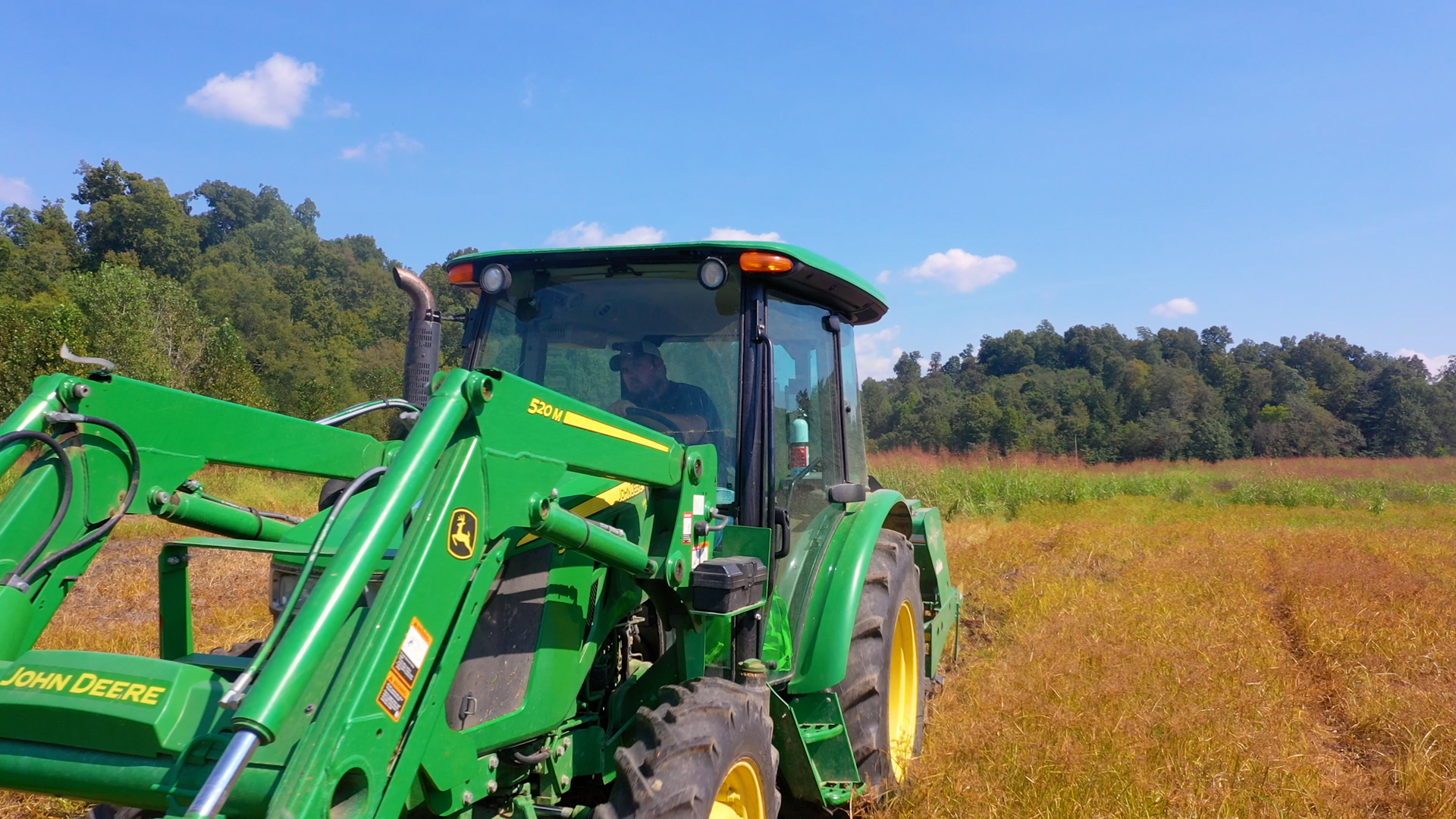
Create and maintain a diverse habitat with a mix of open areas, woodlands, and transitional zones. This diversity supports a range of deer activities, including feeding, breeding, and seeking shelter.
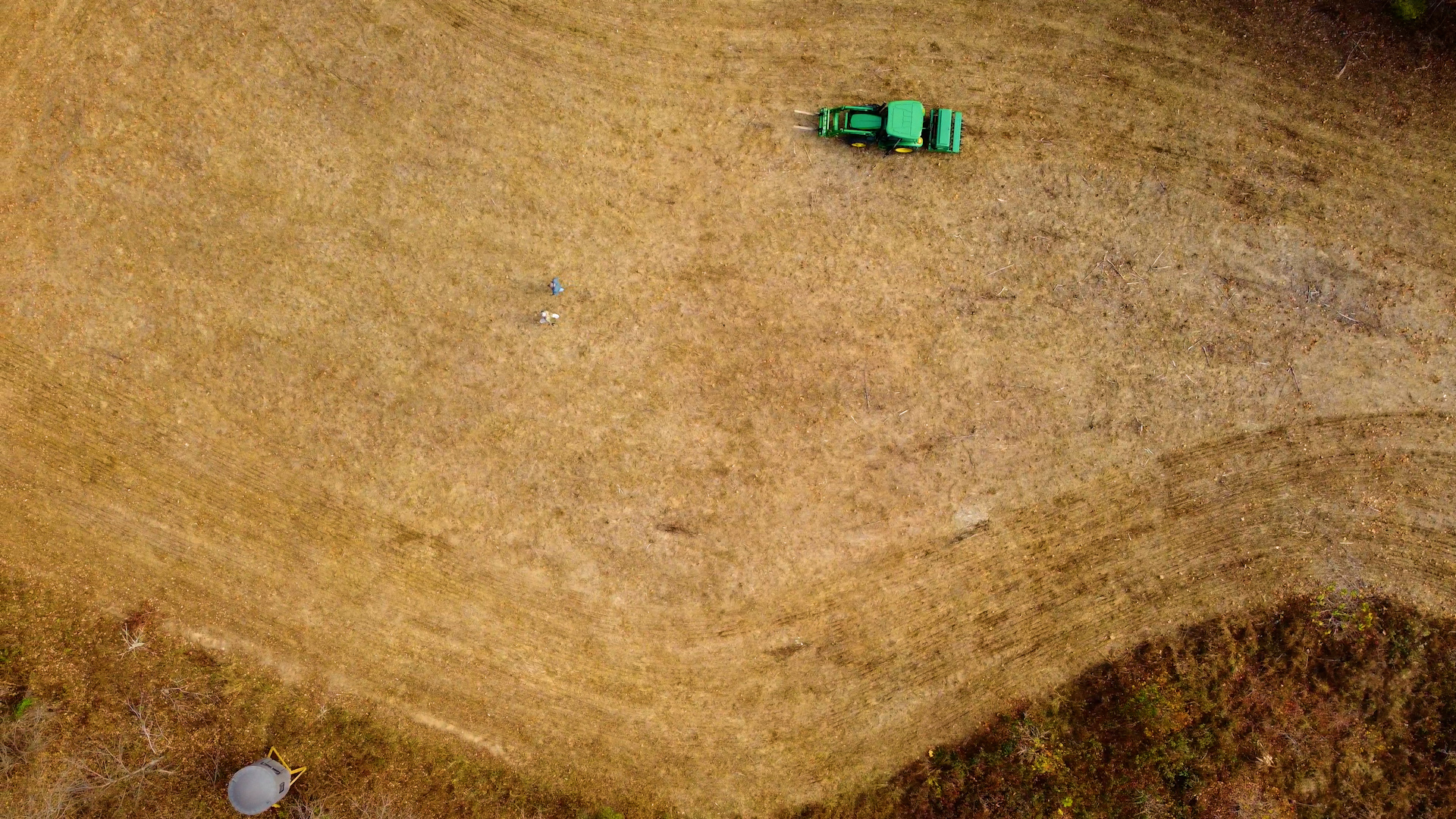
Implement strategies to control and manage predator populations that may pose a threat to deer, especially during vulnerable stages like fawning. This may involve monitoring and, if necessary, reducing predator numbers.
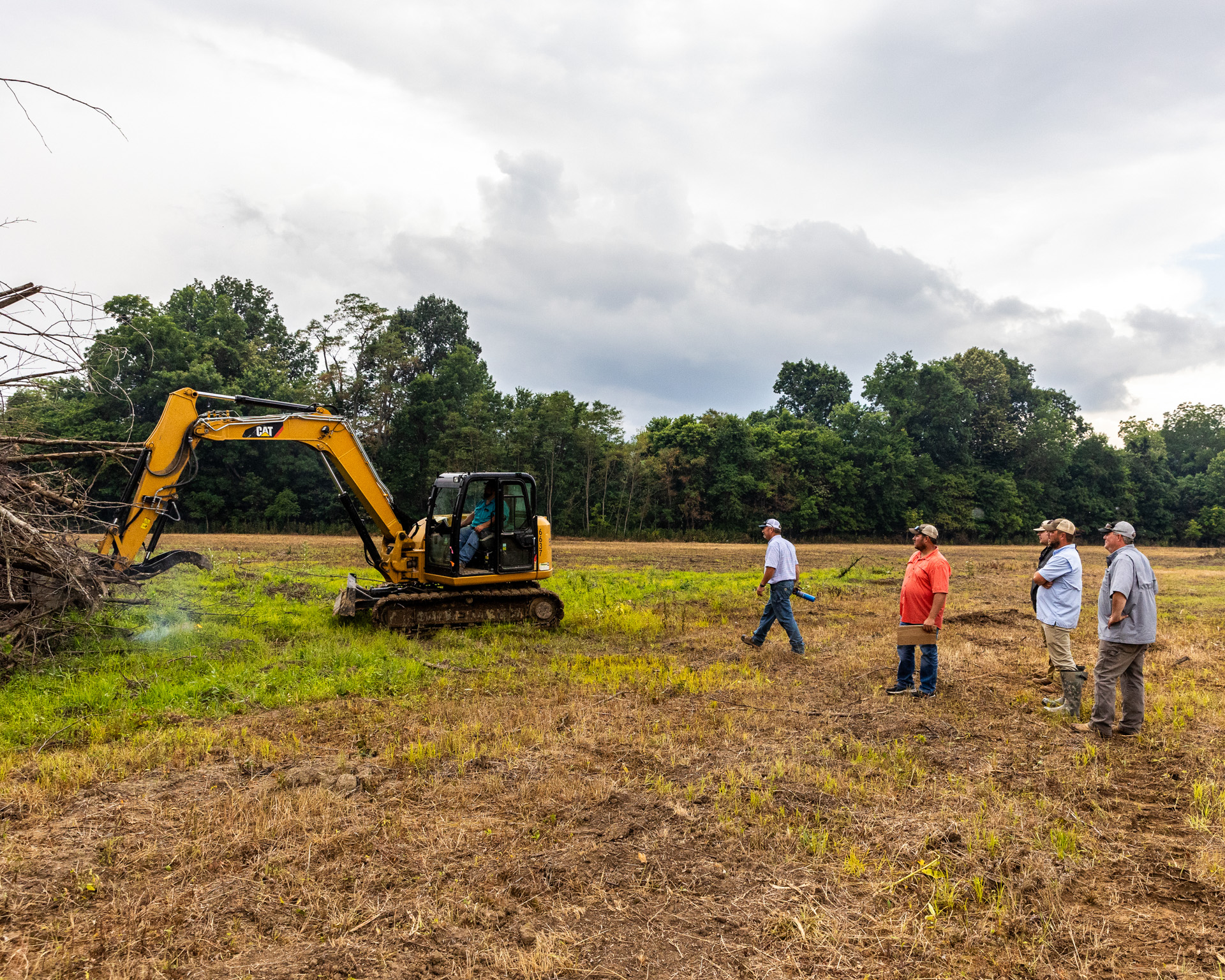
Implement erosion control measures to maintain soil health, which indirectly supports the quality and availability of forage for deer. Healthy soils contribute to the overall vitality of the habitat.
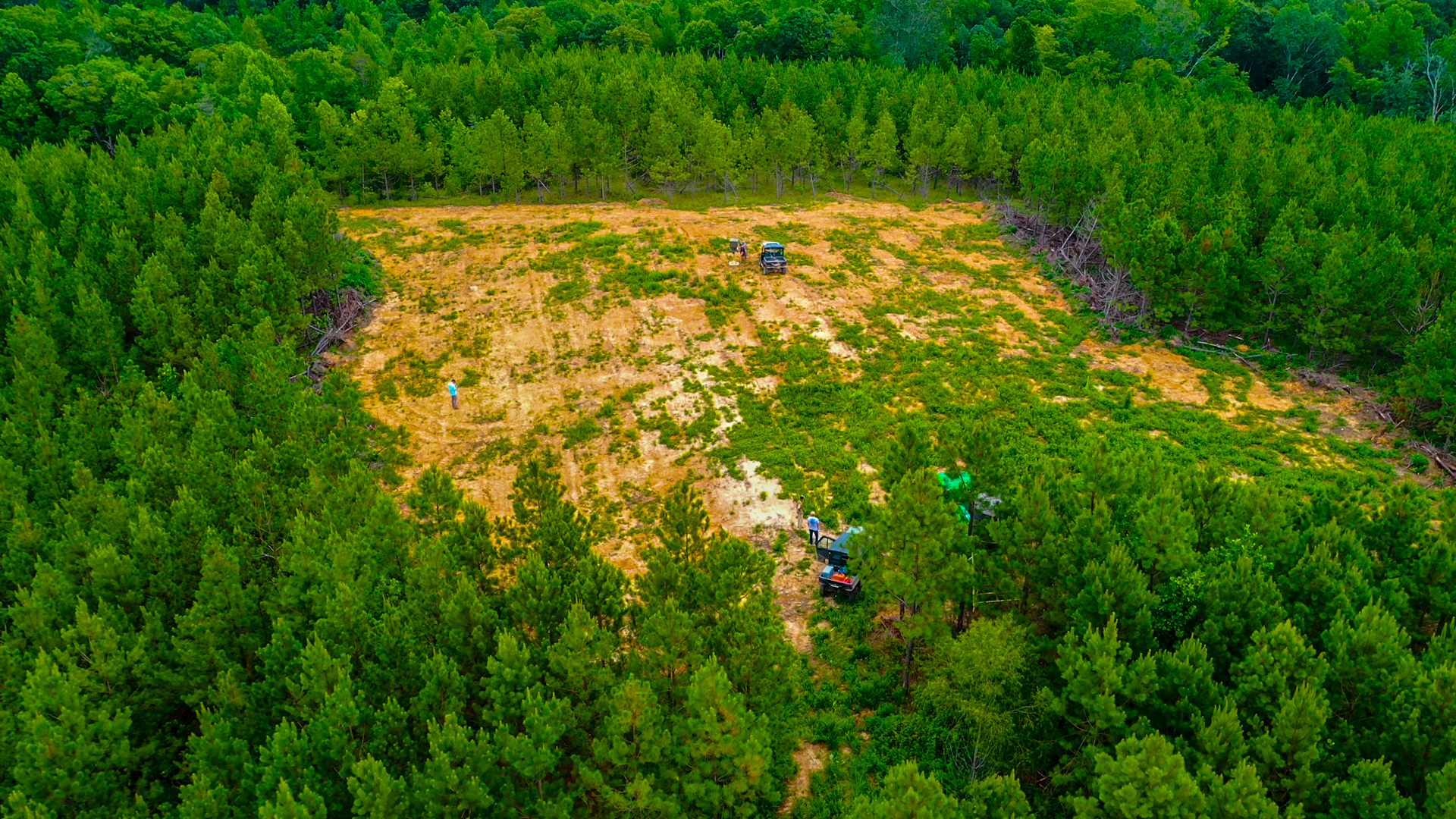
Develop and implement responsible hunting management plans, including regulations on harvest limits, hunting seasons, and methods. These plans contribute to sustainable deer populations and support recreational activities.
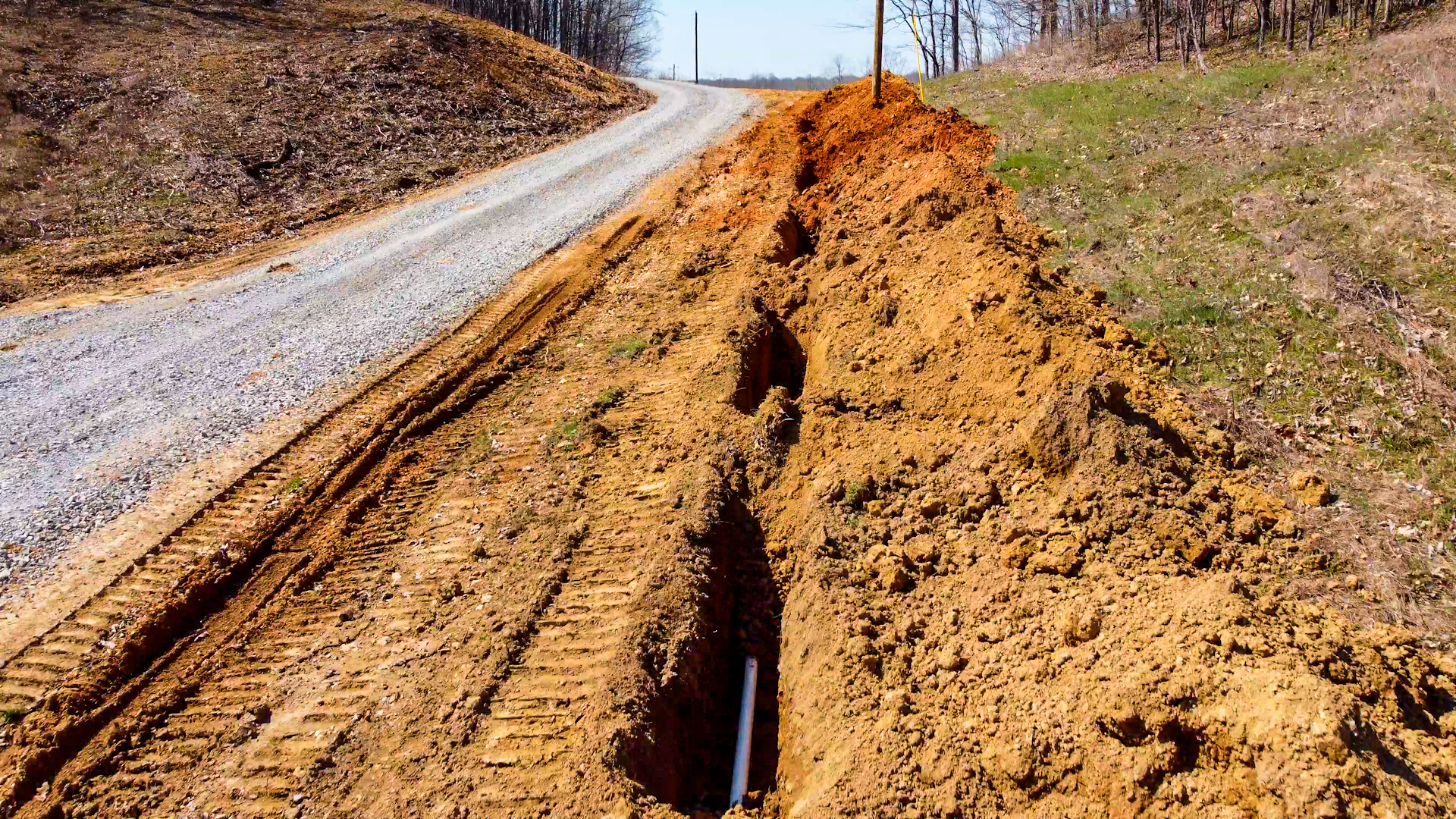
Engage with local communities, landowners, and stakeholders to foster understanding and support for deer management plans. Provide educational resources on responsible land management practices and the importance of maintaining balanced deer populations.

Embrace an adaptive management approach that involves continuous monitoring, evaluation, and adjustment of management strategies based on the evolving needs of the deer population and the habitat.

Work collaboratively with wildlife agencies and experts to stay informed about regional best practices, regulations, and scientific advancements in deer management. This collaboration ensures that management plans align with broader conservation goals.
